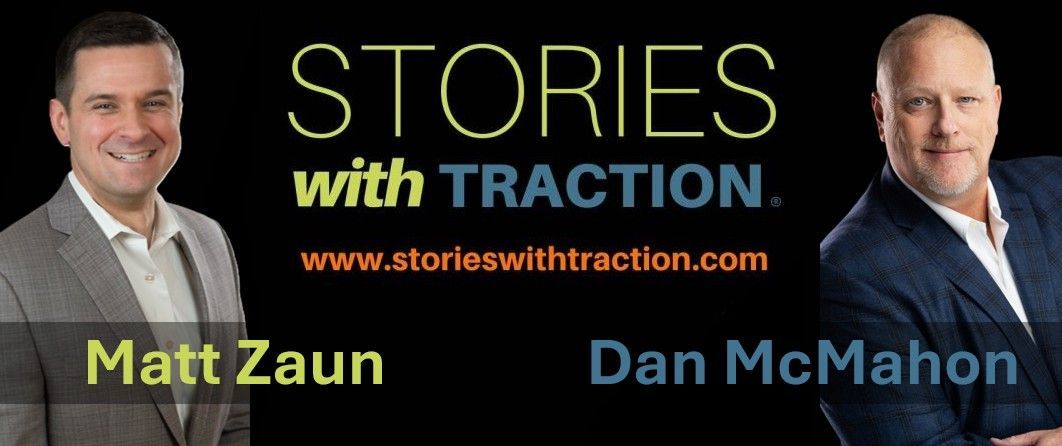Are Your People Performing at their Paygrade?
Key Takeaways
- Best in class firms work smarter, not harder. They consistently generate more revenue with less staff.
- Driving the right kind of revenues to your firm, and charging premium rates, emphasizes highest and best use of your talent.
- Having the courage to cull your client list seasonally allows your firm to thrive.
- High performing firms align partner level tasks with partner level work.
As CPAs, we spend so much time worrying about our utilization rates and total billable hours, but we rarely stop to think if our teams are using their skills to the utmost. Throughout my career, I’ve found one thing in common among the most successful firms. They have leaders with the discipline to keep each team member focused on work that is commensurate with their paygrade.
Unless you’re Amazon or Wal-Mart, it’s hard to stay competitive as a broad-based generalist organization. As a firm, you should focus on areas which you have high levels of expertise rather than trying to be all things to all people. You should align partner level tasks with partner level work and manager level tasks with manager level work etc. This allows you to work more efficiently, charge premium prices, and maximize your realization rates.
When you and your team spend the majority of your time on things you do best, you’re working more efficiently and not reinventing the wheel with every engagement. As a result, you’re serving your clients efficiently with as little effort as possible. If your firm is really good at five things, you should concentrate your efforts on those five key areas. If you’re not sure which five things your firm does best, make it a high priority to figure out ASAP. For everything that doesn’t fit under one of those five key areas, move on. Those are not areas in which you are using your firm’s resources to their highest and best use.
Here are two good ways to look at this approach:
1. Acknowledge that not all revenue is good revenue.
Too often we see firms with less than $10 million in revenue that continue to go after every prospect that jumps into their net. The truth of the matter is that some work, such as low-level commoditized work, is only going to jam up your staffing schedule while yielding low profitability. Instead, let the low-level commoditized work go to your competitors while your firm focuses on finding client work that best fits your skill level, your expertise, and your available capacity.
2. Take on work that is niche-focused and profitable for your firm – work that might be too difficult to do profitability for a generalist firm.
Doing so means you must develop internal processes and align your team’s skills to increase efficiency and effectiveness.
I once worked for a firm that did 200 employee benefit plan audits. The firm assigned a dedicated team to audit all the plans. Some of the client-specific audit planning steps were accomplished in an all-team planning meeting that allowed audit planning to expend only a short period of incremental hours. The result was a profitable practice that completed work efficiently. This greatly improved the firm’s ability to prospect and close new business while driving profitability and protecting it from risks that generalist firms might not grasp.
It’s simply a matter of supply and demand
You only have so many people hours and so much brainpower available to meet marketplace demand. You need to be known for what you do best so you can charge premium prices for your services. Otherwise, you’re just doing bottom feeder work as a commodity service provider -- and that’s nothing more than a race to the bottom. Why? Because there’s no way to compete successfully as a bottom-feeder except for continually lowering your prices. Avoid spending time and resources doing work that your firm struggles to deliver profitably. Deploy your valuable resources on client work that commands your premium pricing.
We have advised our own clients about this process mindset, which involves evaluating the profitability of client relationships and segmenting client service offerings based upon services offered and other client retention criteria. Services that are more commoditized will become evident when you conduct this exercise. This exercise typically results in a considerable increase in revenue and a reduction in hours needed to support that workload. Who wouldn’t want more revenue and less work?
Contact me to learn how we can be a resource using our tools and methodology.
If you’re a startup firm, I get it. You need to keep the lights on and meet payroll.
You’re going to take whatever work comes your way – and expend lots of resources -- to keep the cash rolling in. But that mindset gets hard to break as you get bigger over the years. If you’re not careful, you become a larger and larger generalist firm with no defensible position in the marketplace. Your processes and overhead won’t allow it. That means clients can leave you as soon as they find someone else willing to do the same work for less.
Highest and best use
Instead, each member of your team needs to be performing work commensurate with their pay grade. This means lower-level work should be leveraged to staff members based upon their highest and best use capabilities. It means partners should have the discipline to spend their time on work that they do better than anyone else in the marketplace -- at the highest price the market will bear. If every day is spent putting out fires and your firm lacks the courage and discipline to follow the highest-and-best-use approach above, then you’re just a generalist firm and can’t command premium prices.
The largest and most successful firms have already figured this out and that’s why they’re offloading more of their “C” and ”D”-List clients to lesser firms clamoring over a shrinking pie. The doctrine around targeting good revenue says you should think twice before readily accepting clients who have already been cast off from other, more strategic firms.
Have the courage to prune your client list
As firms mature, their leadership should evaluate the client base regularly and try to upgrade B- and C-level clients to A- and B-level clients. If those clients cannot be upgraded, transition them to other firms as long as they no longer align with your firm's focus areas and pricing.
You can tell those clients: “Listen. You're a great business. We really enjoy working with you. But the economic forces impacting our industry are forcing us to align our efforts to serve clients of a certain size, complexity, and industry specialty. The supply and demand forces of the marketplace are forcing us to change our fee structure to a level that’s much higher than what you’ve been paying us. Since you’ve been a great client, we will do our best to help you find a better home.”
This approach can be scary, but best in class firms overcome that fear by instituting a systematic business development process to attract clients who are the right fit. If you don’t know where to begin when it comes to messaging your clients, contact me any time for a sample letter that outlines the critical reasons why your firm might be culling its client list.
It could be the size of the client that no longer fits your firm’s model of highest and best use. It could be their industry focus. And it could be skills focused– audit, tax, consulting. If the client is a square peg, don’t try to force them into one of your round holes. Know who you are as a firm and get focused intensely on those areas. If a client no longer fits, then give them a chance to find another firm where they’ll be a better fit. Then, rely on a systematic process for driving the right revenue types to your firm.
Conclusion
No one likes to turn away clients, but once you make the commitment to keep your team relentlessly focused on their highest and best use, you’ll wonder why you didn’t make the transition sooner.
How is your firm building a strategically growth minded culture? I’d love to hear about it.
Please contact me at 877-442-4769, x701 |
dmcmahon@integratedgrowthadvisors.com.
Daniel J. McMahon is the Founder & Managing Partner of Integrated Growth Advisors (IGA), a value creation and growth advisory firm focused on empowering business leaders to systematically enhance their revenues, profitability, sustainability, and value. IGA creates sustainability and transferability—and wealth—for business owners by addressing common issues relating to growth, control, and transition of ownership. IGA has been serving clients throughout the United States since 2011.











